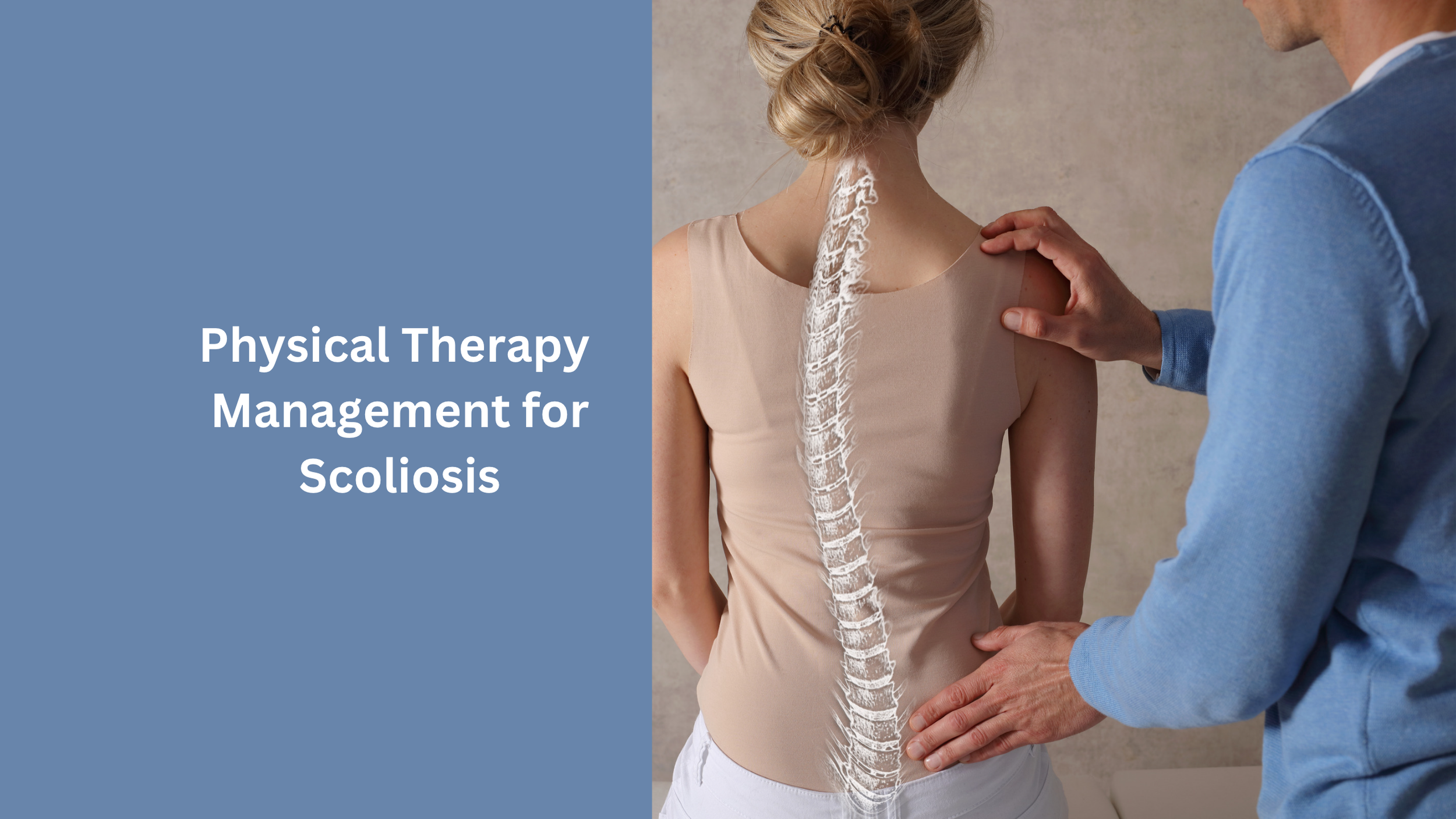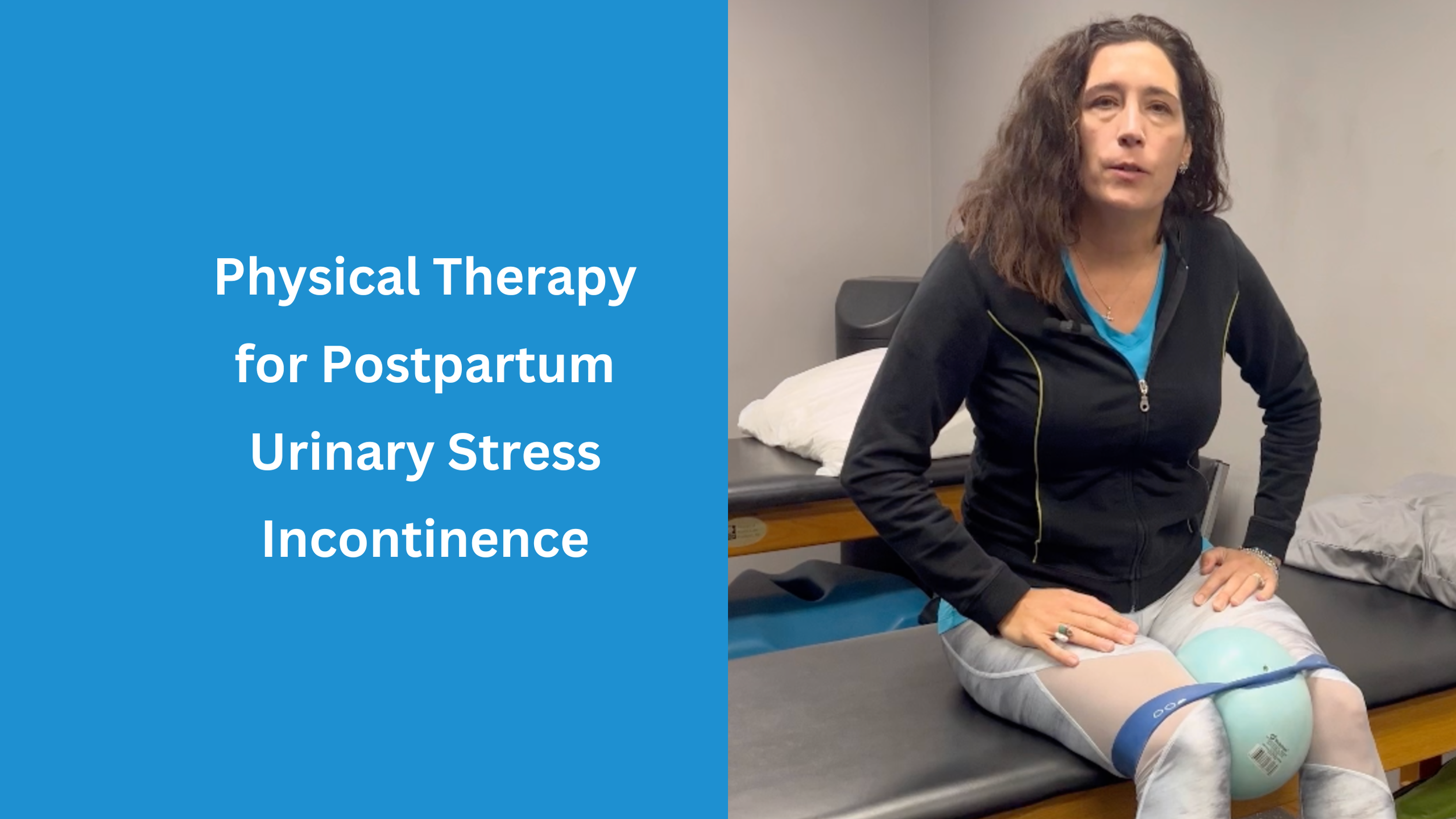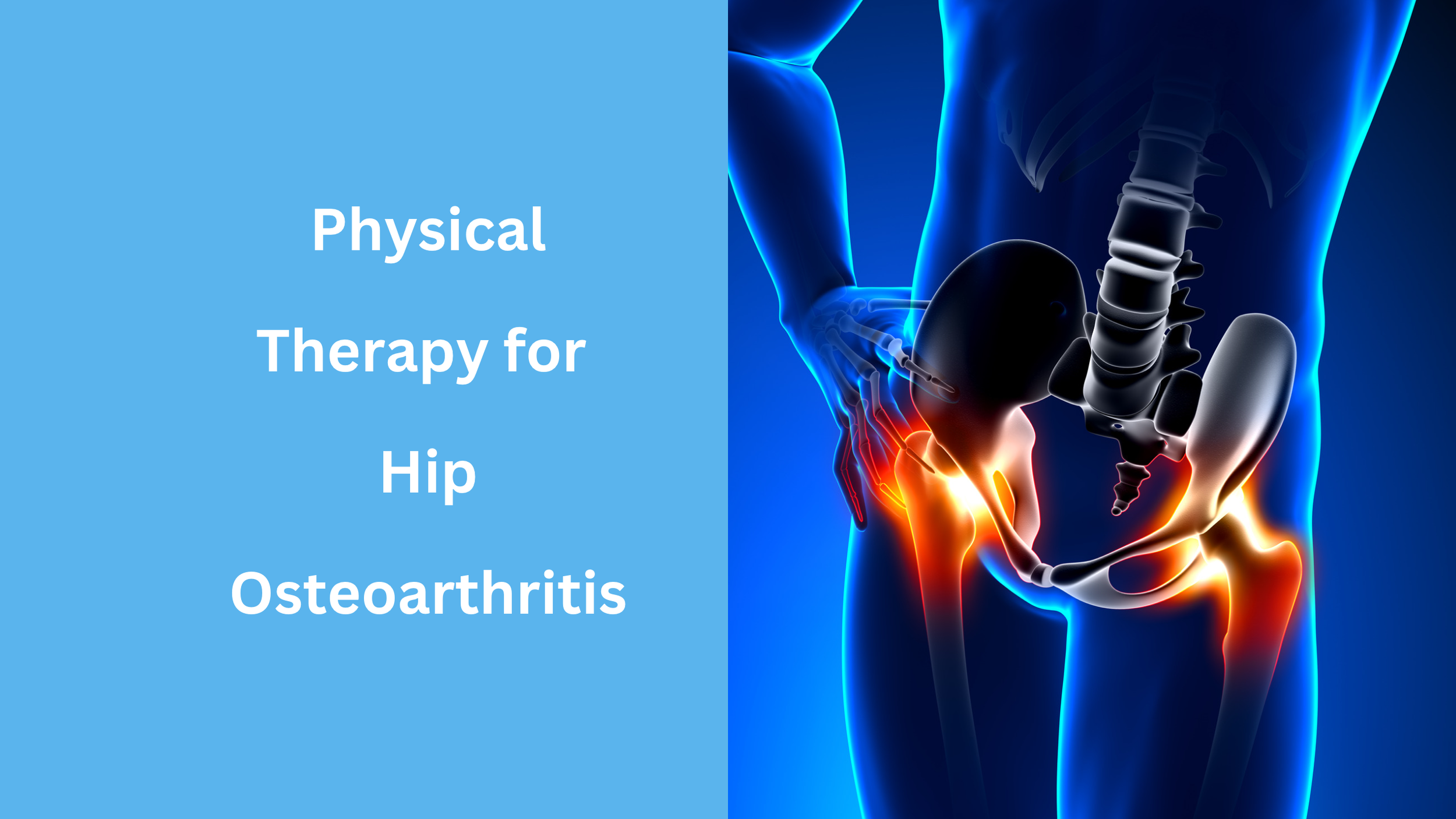Mangiarelli Rehabilitation Physical Therapy Blog
Physical Therapy for Foot Drop
Foot drop is a symptom of an underlying neurological, muscular, or anatomical problem involving an inability to lift the front of your foot due to an impairment in the muscle in the front of your shin, the anterior tibialis. Foot drop presents as an individual dragging the foot and toes on the ground when walking or bending the knees to lift the foot higher above ground to avoid dragging. Physical therapy can help address foot drop and improve functional mobility and gait pattern through a targeted therapeutic and strengthening exercise program.
Treating a Sports Hernia with Physical Therapy
A sports hernia is an injury that happens when there is a weakening or tear in the muscles, tendons, or ligaments of the lower abdominal and groin area, causing acute pain and limited movement. A sports hernia typically occurs in sports that require repetitive twisting, turning, or abrupt changes in direction. Physical therapy can help athletes manage and recover from a sports hernia safely, addressing underlying muscular imbalances that contributed to injury through targeted exercise, core strengthening, and manual therapy.
Using the GolfForever Swing Trainer to Improve Your Golf Swing
Mangiarelli Rehabilitation physical therapist Bobby demonstrates the variety of ways we utilize the Golf Forever Swing Training Tool in our clinic to improve your golf swing. The golf swing is one of the most dynamic motions in sports, requiring coordinated loading and the generation of power and force throughout the kinetic chain. Physical therapy can help golfers improve their golf swing by enhancing agility and power for longer drives, improving mobility and flexibility in the hips and shoulders and dynamic balance, and enhancing core strength and neuromuscular control for a powerful, controlled, and accurate golf swing.
Physical Therapy Scoliosis Management
Scoliosis is a condition that affects the normal shape of the spine, altering a person’s back alignment and posture and causing a lateral “s” or “c”-shaped curve in the spine. The abnormal curvature of the spine can place stress on the surrounding muscles and joints, causing loss of strength and flexibility in the spinal and back muscles over time. Physical therapy is an effective, non-invasive treatment method to manage scoliosis, stabilize the scoliosis curve, improve postural alignment, enhance neuromuscular control and muscular strength, and improve overall function in individuals with scoliosis.
Physical Therapy for Pickleball Injuries
Pickleball is one of the fastest growing sports in the United States, played on a tennis-like court using a softball-sized, hard-plastic ball and a wooden racket to serve and volley the ball back and forth. While fairly easy to pick up, pickleball requires fast movements of the upper and lower body, sudden pivots and cuts, and side-to-side shuffling, which can contribute to injury. Physical therapy can help pickleball players not only recover from an on-court injury, but also prepare for a successful pickleball season through targeted strength and conditioning.
Managing Multiple Sclerosis with Physical Therapy
Exercise rehabilitation under the supervision of a physical therapist can help multiple sclerosis patients conserve and regain functional abilities, manage symptoms, and improve quality of life. Multiple sclerosis (MS) is a chronic neurological disease that affects the central nervous system and can lead to physical and cognitive impairments. Research suggests that targeted exercise rehabilitation may be the single most effective non-pharmacological symptomatic treatment for multiple sclerosis. A structured rehabilitation program can improve mobility, muscle strength, aerobic capacity, and quality of life in multiple sclerosis patients.
3 Exercises to Address Shin Splints
Mangiarelli Rehabilitation physical therapist Sarah demonstrates three exercises you can do to address shin splint pain. Shin splints are a common athletic injury that develops due to repetitive stress placed on the tibia, causing the surrounding muscles to strain and develop microtears where they connect to the shin bone. Physical therapists can help athletes with shin splints recover pain-free movement, return to sport safely, and prevent future reinjury through a targeted exercise rehabilitation program.
Exercise Rehabilitation After a Stroke
Physical therapy is critical after a stroke to regain strength, coordination, balance, motor control, and function. A stroke occurs when blood flow to an area of the brain is cut off, depriving the brain cells of oxygen and leading to physical and cognitive impairments. Using a targeted exercise rehabilitation program early in the post-stroke recovery period, a physical therapist can help stroke survivors relearn basic motor skills, maximize their functional abilities, enhance their independence, and improve their quality of life.
Physical Therapy for Postpartum Urinary Stress Incontinence
Mangiarelli Rehabilitation physical therapist Jen demonstrates three exercises you can do for urinary stress incontinence on the blog! Postpartum urinary stress incontinence occurs when an individual experiences involuntary urine leakage that happens during activities like coughing, sneezing, laughing, squatting, or impact movements following pregnancy and childbirth, often due to pelvic floor dysfunction. Approximately 34% of women experience urinary incontinence postpartum. Physical therapy has been shown to be 80% effective at treating urinary stress incontinence. Pelvic floor physical therapy is used to treat urinary incontinence, a program of functional retraining to improve pelvic floor muscle strength, endurance, power, and relaxation.
Physical Therapy after a C-Section [Infographic]
A C-section is major abdominal surgery involving the delivery of a baby through horizontal incisions made in the abdomen or uterus along the pubic hairline. Women can experience significant pain at the c-section incision site due to scar tissue formation, limiting mobility in the abdominal area and contributing to pelvic pain and pelvic floor dysfunction. After a c-section, physical therapy can play a critical role in helping women recover, reducing incision site pain, normalizing pelvic floor muscle tone, improving core and back muscle strength, and optimizing women’s function and mobility.
Fighting Osteoporosis with Physical Therapy
Osteoporosis is a metabolic bone disease characterized by low bone density, thin, brittle bones, decreased bone strength, and changes in bone structure that increase the risk of a bone fracture. Physical therapy can play a crucial role in managing osteoporosis and helping you maintain and build bone density through a customized therapeutic exercise program. Exercise places beneficial stress on your bones by directly loading the bone and increasing muscle mass, which places mechanical stress on the skeleton and strengthens your bones.
Physical Therapy for Hip Osteoarthritis
Physical therapy can help those with hip osteoarthritis manage arthritic pain and regain function, strength, and mobility in the hip through therapeutic exercise and manual therapy. Osteoarthritis of the hip causes the protective cartilage lining the bones of the hip joint to progressively break down, causing the bones to rub against each other and leading to intense pain and inflammation within the hip joint.
Walking After A Total Hip Replacement and Femoral Nerve Palsy
After undergoing a total hip replacement and suffering from femoral nerve palsy, Mangiarelli Rehabilitation physical therapy patient Kay has made incredible progress, advancing from walking with a brace with a walker to now walking with a cane! Femoral nerve palsy post-hip replacement involves injury to or compression of the femoral nerve, one of the largest nerves in the leg. A physical therapist can help reduce compression on the femoral nerve and help patients safely regain quadriceps muscle strength, relieve nerve pain, and improve walking ability.
Treating Plantar Fasciitis with Physical Therapy
Mangiarelli Rehabilitation physical therapist Sarah demonstrates three exercises to reduce plantar fasciitis pain and restore function. Plantar fasciitis is a common cause of foot and heel pain that develops due to repeated activities that strain the plantar fascia, a thick band of tissue that rungs along the bottom of the foot and supports the arch of the foot. Physical therapy is highly effective in treating plantar fasciitis, using manual therapy and therapeutic exercise to reduce pain, restore function and strength in the foot, and improve foot mechanics.
Physical Therapy for Softball Injuries
Softball is a dynamic modified form of baseball that is played on a smaller field with a larger, softer ball with underarm windmill pitching. The windmill pitch is an underhand throw that places significant stress on the shoulder and elbow of the athlete, which can lead to overuse injuries like shoulder and wrist tendinitis, rotator cuff tears, and elbow injuries. Physical therapists can help softball players prepare for the season with a targeted strength and conditioning program as well as treat in-season softball injuries with manual therapy, targeted strengthening and therapeutic exercise, and functional sport-specific training.
The Role of Exercise in Stress Management
Regular exercise can help you complete the stress response cycle and help your body return to homeostasis. The stress response system is a mechanism that is triggered by a threat to one’s well-being or survival, causing a cascade of protective physiological responses that prepare the individual to combat the threat or flee from it. While this is helpful in response to an acute stressor, a chronic stress response can have detrimental effects on your physical and mental health, contributing to disease, chronic pain, and anxiety. Exercise helps you complete the stress cycle by engaging your body in movement, which completes the flight response your body prepares for when encountering a stressor. Exercise can also be used therapeutically to help calm the chronic stress response and reduce chronic pain through graded low-impact exercise.
Physical Therapy for Sciatica
Sciatica is nerve pain that radiates from the low back through the buttocks and down the length of the leg due to compression of the sciatic nerve. Originating in the low back, the sciatic nerve is most commonly compressed by a herniated or slipped disc, causing shooting pain and tingling and numbness through the back and leg. Physical therapy is one of the most effective treatments for sciatica, reducing inflammation, managing and minimizing pain, improving your physical function and mobility, and preventing the reoccurrence of sciatica symptoms.
Office Ergonomics: Tips for Maintaining Good Posture
Check out our 7 tips for an ergonomic workstation! An ergonomic workstation is one that supports your body in a neutral position and reduces the risk of discomfort or pain that the stressors like sitting at a desk and computer for long periods of time can place on our bodies. Poor office ergonomics and posture can contribute to ongoing aches and pain, such as neck strain, low back pain, wrist discomfort, or eye strain. However, proper workstation ergonomics—correct chair height, appropriate equipment spacing, and good desk posture—can help you stay productive but healthy and comfortable at work.
Physical Therapy for Lacrosse Injuries
Lacrosse is a high-energy, full-body sport that combines quick sprints, agility, and coordination of the upper and lower extremities. Lacrosse injuries are more common in the lower extremities, particularly ankle sprains, ACL tears, shin splints, or hamstring or quadriceps muscle strains. Physical therapy can help lacrosse players not only address and recover from injuries during the lacrosse season, but also help prevent injury through a customized strength and conditioning program.
Punching out Parkinson’s Disease with Therapeutic Boxing Physical Therapy
Mangiarelli Rehabilitation physical therapist Bobby demonstrates therapeutic boxing with a Parkinson’s patient on our blog. Parkinson’s disease is a multifaceted neurological disorder that impairs movement, coordination, and cognitive function over time. Therapeutic boxing with a physical therapist offers an innovative and effective exercise intervention to enhance a Parkinson’s disease patient’s stride length, gait, strength, coordination, and balance. Therapeutic boxing requires full-body movement, combining upper-body punching sequences with lower-body footwork.









![Physical Therapy after a C-Section [Infographic]](https://images.squarespace-cdn.com/content/v1/5e419cdc97af032560004b99/1684179845687-YIW6AAG3G4MSFF08KSB7/TW+C-Section+Infographic.png)





















